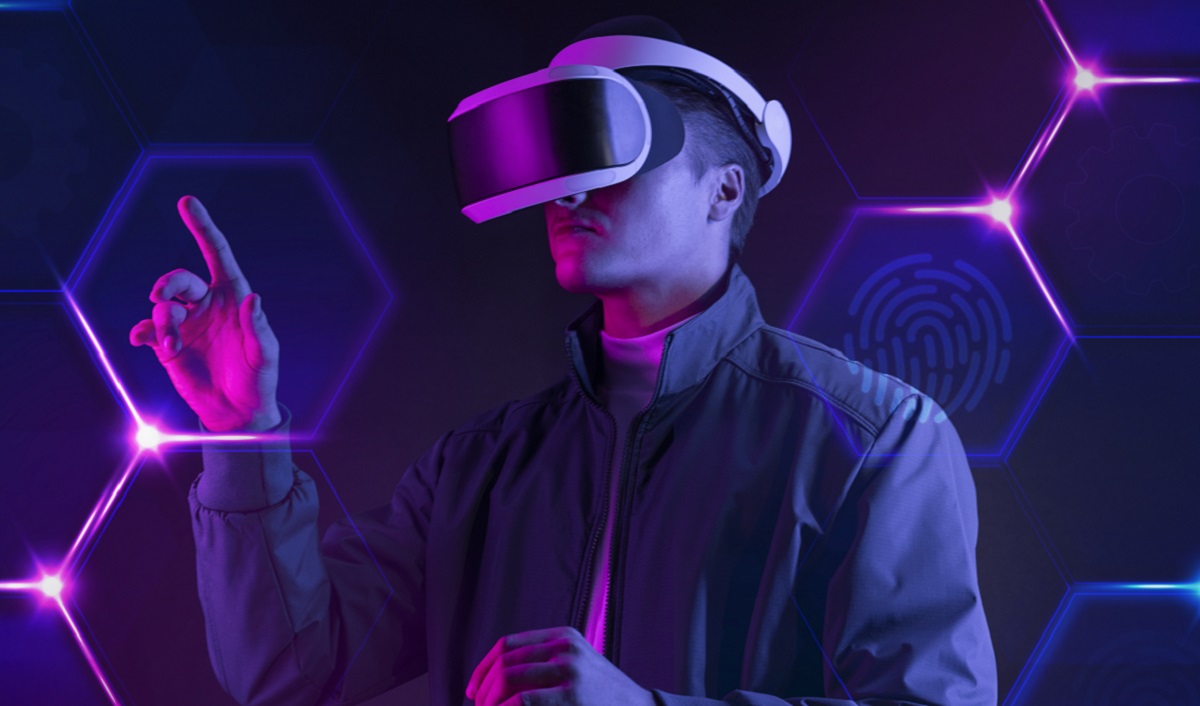The Future of Marketing with Augmented Reality Color and Licenses
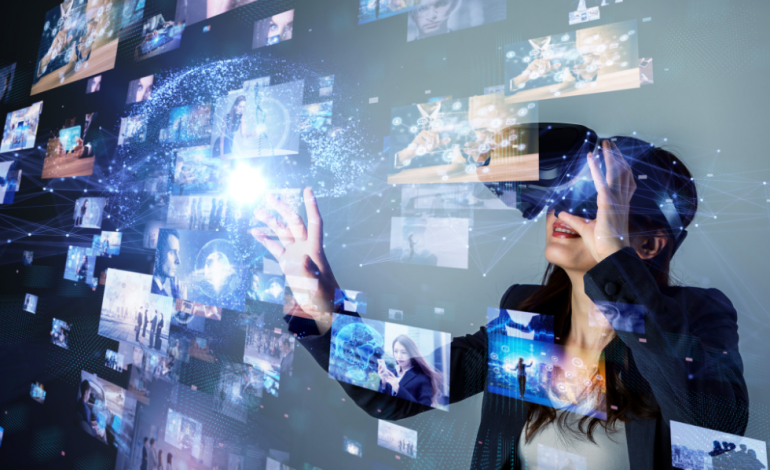
The world of marketing is constantly evolving, and the latest technological advancements are opening up endless possibilities for businesses to connect with their audience in new and exciting ways. One such technology that is gaining traction is augmented reality (AR), which superimposes digital elements onto the real world through a device’s camera. But what if we told you that AR could also revolutionize how we perceive color and licenses? In this blog post, we’ll dive into the future of marketing with augmented reality color and licenses, and how these innovations can take your brand’s visual identity to the next level.
Understanding the Basics of Augmented Reality and Its Marketing Potential

Augmented reality (AR) is a groundbreaking technology that has the potential to transform the marketing landscape. But what exactly is augmented reality and how can it be utilized to its full marketing potential?
At its core, AR is a technology that superimposes digital elements onto the real world, usually through a device’s camera. This allows users to see and interact with virtual objects and information in real-time. With the widespread adoption of smartphones and other devices capable of AR, the opportunities for marketers are immense.
One of the key advantages of AR in marketing is its ability to enhance the brand experience. By incorporating AR color technologies, businesses can create interactive and immersive experiences for their customers. Imagine being able to try on different shades of lipstick or paint colors virtually before making a purchase. AR color technologies enable customers to visualize products in real-time, helping them make informed decisions and enhancing their overall shopping experience.
Another important aspect of AR in marketing is the use of augmented reality licenses. These licenses enable businesses to protect and monetize their AR content. By licensing their AR experiences, brands can ensure that their content is used in a way that aligns with their brand identity and values. This also opens up opportunities for collaborations and partnerships with other brands, further expanding the reach and impact of AR marketing campaigns.
Overall, understanding the basics of augmented reality and its marketing potential is crucial for businesses looking to stay ahead in this ever-evolving digital landscape. By embracing AR color technologies and licenses, brands can create memorable and engaging experiences that will resonate with their audience and set them apart from the competition. The future of marketing is undoubtedly AR, and businesses that leverage its potential now will undoubtedly reap the rewards in the years to come.
Augmenting Brand Experience with AR Color Technologies
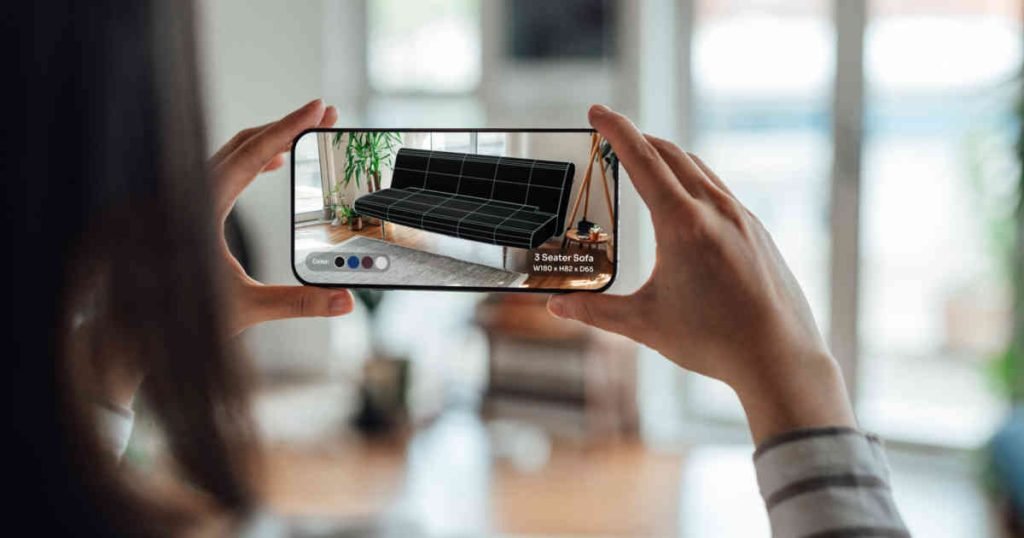
The world of marketing is all about capturing the attention and interest of consumers. And what better way to do that than by using the latest technological advancements? Augmented reality (AR) is one such technology that is transforming the way brands engage with their audience. And when it comes to brand experience, AR color technologies are taking it to a whole new level.
Imagine being able to virtually try on different shades of lipstick or experiment with various paint colors before making a purchase. AR color technologies make this possible. By superimposing digital elements onto the real world, customers can visualize products in real-time, making informed decisions and enhancing their overall shopping experience. This level of interactivity and immersion creates a memorable and engaging experience that resonates with consumers.
But it’s not just about the visual appeal. AR color technologies also allow brands to communicate their message more effectively. Colors have a powerful impact on our emotions and perceptions, and with AR, brands can leverage this to create a deeper connection with their audience. By using color to evoke specific emotions or convey brand values, businesses can strengthen their brand identity and stand out from the competition.
In addition to enhancing the brand experience, AR color technologies also have the potential to increase sales and conversions. By allowing customers to visualize products in their own environment, AR eliminates doubts and uncertainties, leading to more confident purchasing decisions.
Implications of Augmented Reality Licenses for Businesses
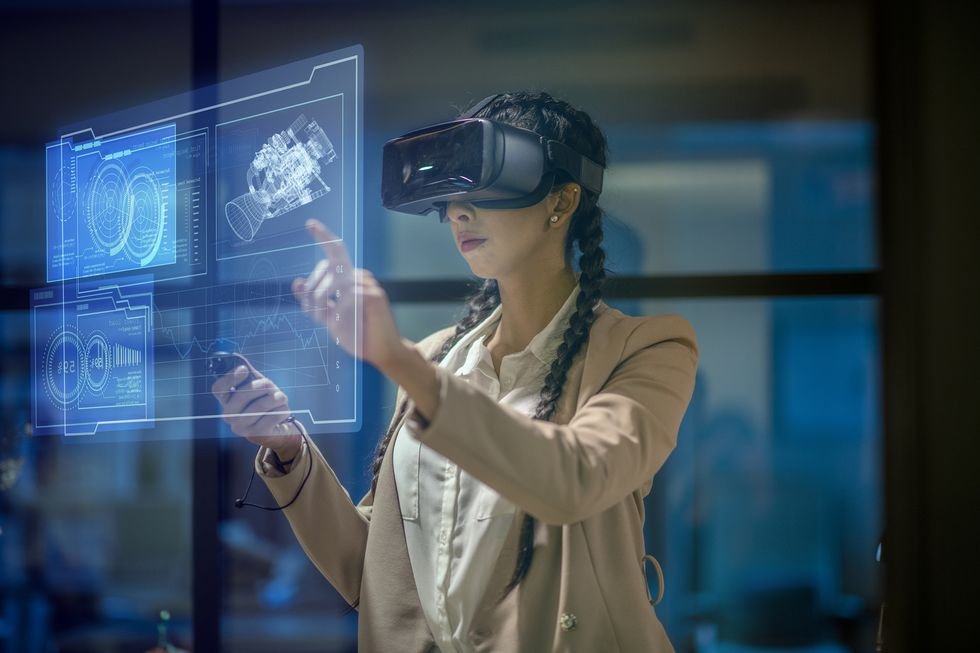
Augmented reality (AR) licenses have significant implications for businesses looking to protect and monetize their AR content. By licensing their AR experiences, brands can ensure that their content is used in a way that aligns with their brand identity and values. This is especially important as AR becomes more widespread and accessible to users.
With AR licenses, businesses have the ability to control how their AR content is used and distributed. This opens up opportunities for collaborations and partnerships with other brands, allowing for the creation of unique and innovative marketing campaigns. By working together, brands can leverage each other’s strengths and reach a larger audience.
AR licenses also play a crucial role in intellectual property protection. As AR technology continues to evolve, it is important for businesses to safeguard their innovative ideas and creations. By obtaining licenses for their AR content, brands can protect their intellectual property rights and prevent unauthorized use or replication of their AR experiences.
Furthermore, AR licenses can serve as a valuable revenue stream for businesses. By monetizing their AR content, brands can generate additional income and support further development and innovation in the field of augmented reality.
Real-world Examples of Successful AR Marketing Campaigns
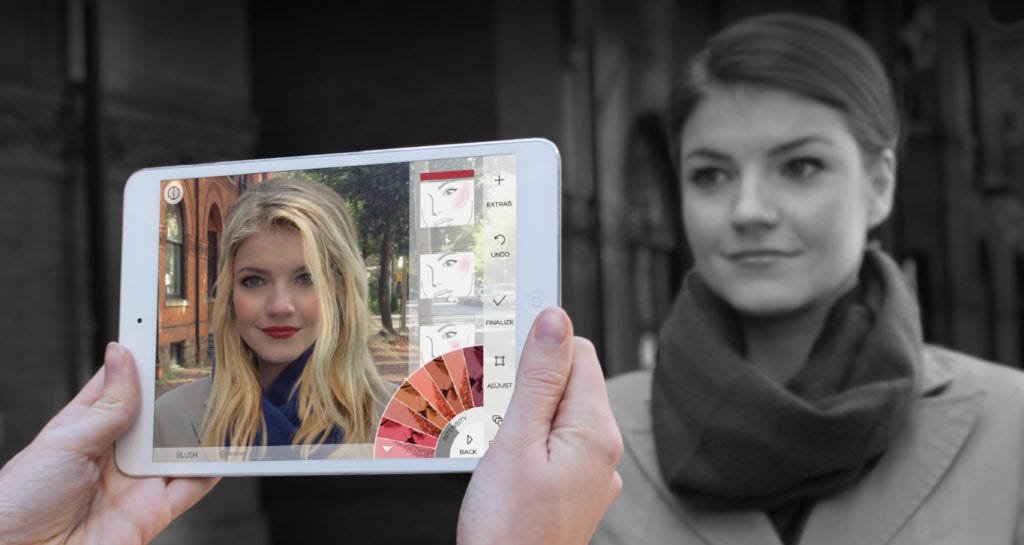
Augmented reality (AR) has taken the marketing world by storm, and businesses across industries are leveraging its potential to create innovative and engaging campaigns. Let’s take a look at some real-world examples of successful AR marketing campaigns that have captured the attention of consumers and set the bar high for future endeavors.
One prime example is IKEA’s AR furniture app, which allows customers to virtually place furniture in their homes before making a purchase. This immersive experience eliminates doubts and uncertainties, leading to more confident purchasing decisions. Similarly, cosmetics giant Sephora offers an AR beauty app that enables customers to try on different shades of makeup virtually. This interactive experience not only enhances the brand experience but also drives conversions by enabling customers to visualize products in real-time.
Another notable example is the Pokemon Go phenomenon, which took the world by storm in 2016. This AR-based game allowed users to catch virtual Pokemon creatures in real-world locations, creating a new level of engagement and interaction with the brand.
The Road Ahead: Predictions and Insights into the Future of AR in Marketing

The future of augmented reality (AR) in marketing is brimming with endless possibilities. As technology continues to advance, we can expect to see even more innovative and immersive AR experiences that push the boundaries of marketing. Here are some predictions and insights into what lies ahead in the world of AR marketing.
Firstly, AR color technologies will become even more sophisticated, allowing brands to create even more immersive and realistic visual experiences. From virtual fitting rooms to virtual home decor previews, customers will be able to interact with products in ways we can only dream of today.
Secondly, the use of AR licenses will become increasingly prevalent as businesses strive to protect and monetize their AR content. As AR becomes more accessible, licensing will ensure that brands have control over how their content is used and distributed, allowing for collaborations and partnerships that amplify the impact of AR marketing campaigns.
Conclusion
As we wrap up our exploration of the future of marketing with augmented reality (AR) color and licenses, it’s clear that this technology has the power to revolutionize the way brands engage with their audience. From enhancing the brand experience to protecting intellectual property and creating unique collaborations, AR color technologies and licenses offer endless possibilities for businesses looking to stay ahead in the digital landscape.
By incorporating AR color technologies, brands can create interactive and immersive experiences that captivate consumers. The ability to virtually try on products or visualize them in real-time empowers customers to make informed decisions, leading to increased sales and conversions. Furthermore, the use of color in AR experiences allows brands to communicate their message effectively and strengthen their brand identity.
Augmented reality licenses play a crucial role in protecting and monetizing AR content. By licensing their AR experiences, brands can maintain control over how their content is used and distributed, ensuring it aligns with their brand values. This also opens up opportunities for collaborations and partnerships that amplify the impact of AR marketing campaigns.
Looking ahead, we can expect even more advancements in AR color technologies, allowing for even more immersive and realistic experiences. The integration of AR with other emerging technologies will further blur the lines between the virtual and physical worlds, creating hyper-personalized marketing experiences.
In conclusion, the future of marketing with augmented reality color and licenses is vibrant, exciting, and full of potential. By embracing this technology, brands can create memorable and engaging experiences that resonate with their audience, ultimately driving loyalty, sales, and success in the ever-evolving digital landscape. So, are you ready to take your brand’s visual identity to the next level? The possibilities are endless with augmented reality.



